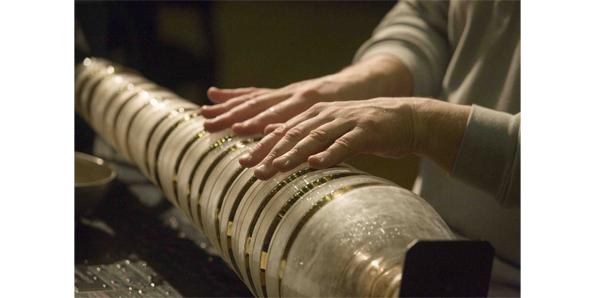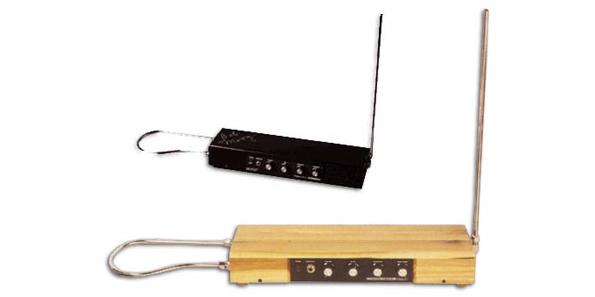| Online: | |
| Visits: | |
| Stories: |
Top 10 Outlandish & Bizarre Musical Instruments
Music is something which soothes every person’s mind and is an inseparable part of our lives. You can set music according to your own mood be it soft, rock, romantic etc. Whenever you think about musical instruments the names that appear in your mind are flute, guitar, piano, set of drums, and many other follow. As you all know that these musical instruments are fascinating but the way they are played by the large skilled musicians makes the music a more fascinating thing to hear. The musical instruments which we see being played are familiar to every individual but many people to set their mood of music invented some of the outlandish musical instruments which one can ever think of and neither seen. The list below provides some of those instruments present around the world:
1. Glass Armonica
Also referred as Glass Harmonica, Bowl Organ, or simply Armonica is a type of musical instrument invented by Benjamin Franklin in 1761 which is played by rubbing glass or crystal goblets or bowls in such a size that produces musical tones by means of friction. When Franklin invented his mechanical version of this instrument he named it Armonica due to the Italian word Armonia which means ‘Harmony’ and in English its known as Musical glasses because of the presence of the set of wine glasses filled with water. The Armonica is played by a rubbing wet fingers around the rim of a wine goblet to produce tones and sounds. The rims were even painted according to the pitch of the note. It has a series of a glass bowls on a rotating iron spindle whose tuning is achieved by size selection of each bowl that means the larger the bowl the deeper the pitch. Because of the sound portion is made of glass, this is even is called Crystallophone.
2. Theremin
This musical instrument was named after the westernized name of its own inventor Leon Theremin, a Russian physicist, who produced it in 1928. It is believed to be one of the earliest electronic musical instrument controlled without physical contact from the player. It is controlled by two metal antennas which sense the position of the player’s hands along with sound outputs. Oscillators for pitch is controlled with one hand and volume with the other so it can be played without being touched. The electric signals from the theremin are amplified and sent to the loudspeaker.
3. Nano Guitar
The world’s smallest musical instrument created by Dustin W. Carr in the Cornell Nanofabrication Facility in 1997, the Nano Guitar is just 10 micro meters long just about as long as 1/20th of the diameter of a human hair. It’s 6 strings are 50 nano meters wide each and entire guitar is the size of an average Red Blood Cell that is carved from a grain of crystalline silicon by scanning a laser over a film called a resist. The instrument can be only played by tiny lasers in an atomic force microscope which act as the pick. The Nano Guitar strings produces 17 octaves higher than a normal guitar whose sounds even if amplified cannot not be heard by a human ear.
4. The Didgeridoo
One of the oldest wind instrument in the world, originated around 1,500 years back, the Didgeridoo is a long wooden wind instrument designed by the Indigenous Australians of Northern Australia. At a time only a single drone note can be played with this instrument, but human voices and overtones played into it create variety of musical textures and sounds. A technique which is required by the player to play the Didgeridoo is the continuously vibration of lips to produce the drone while using a special breathing technique called the circular breathing. Musicologists classify it as a Brass Aerophone while some people call it as a Drone Pipe or a Natural Wooden Trumpet. Even till today, this musical instrument is being played in Australia and widespread in other parts of the world.
5. Musical Saw
Also called as a Singing Saw, the Musical Saw is the application of a hand saw as a musical instrument which creates a very ghostly or ethereal tone similar to the Theremin. Under the Hornbostel Sachs system of musical instrument classification, this instrument has been classified as a friction idiophone with direct friction. As compared to the wood-cutting saws, the blades of the musical saws are generally wider, longer and have finer control with no sharpened teeth. A musical saw produces 2 octaves regardless of their length. Alfred Schnittke used the musical saw in a number of his works.
Source: http://top-10-list.org/2014/07/28/top-10-bizarre-musical-instruments/









